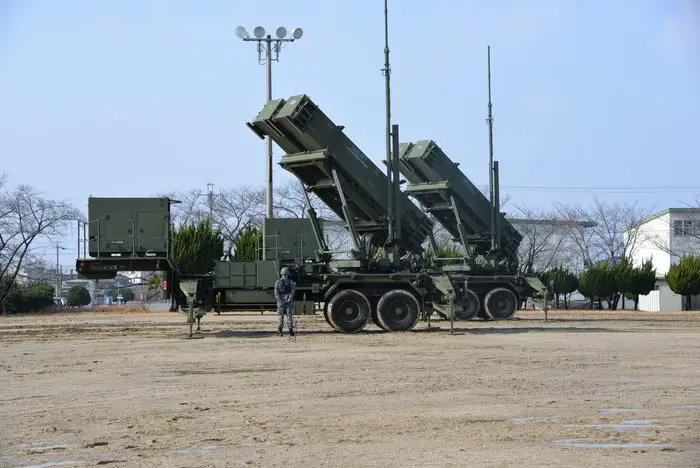In an era marked by geopolitical uncertainties and escalating threats, Japan is taking strategic steps to fortify its defense capabilities, especially in the face of North Korea’s increasing aggression. With North Korea’s possession of nuclear weapons and a history of ballistic missile launches that have crossed Japanese airspace, the nation’s concerns are well-founded. Japan has traditionally relied on the U.S. Patriot PAC-3 missiles to counter the threat of ballistic missiles. These systems have been deployed on strategically significant islands, such as Ishigaki, Yonaguni, and Miyako, forming the first line of defense against potential long-range ballistic missile launches from North Korea. However, the changing nature of threats and the potential for large-scale ballistic missile salvos demand a reevaluation of Japan’s air defense capabilities. The PAC-3 system, developed by Raytheon, underwent significant upgrades in 1995, 1996, and 2000. A notable software update in 1999 enhanced communication capabilities, enabling PAC-3 operators to leverage the Link 16 Command and Control network for improved situational awareness. Despite these advancements, the evolving threat landscape calls for continued innovation and adaptation.
In 2022, Japan took a decisive step toward bolstering its air defense capabilities by exploring the integration of Israel’s Stunner interceptors into its existing Patriot launchers. The Stunner interceptor, a key component of Rafael’s David’s Sling advanced air defense system, brings proven capabilities to the table. Developed through a collaborative effort between Rafael and Raytheon, the Stunner interceptor’s lethal, flexible, and cost-effective design has demonstrated its effectiveness in countering ballistic missiles. The Stunner/SkyCeptor interceptor boasts a combination of innovative steering control, multi-pulse propulsion, and advanced seeker technology within a lightweight airframe. These attributes translate into superior kinematics, maneuverability, and lethality – critical factors in neutralizing the threat posed by ballistic missiles. This track record of effectiveness has drawn Japan’s interest, as the nation seeks to enhance its defense capabilities in the face of asymmetric threats.

Japan’s consideration of integrating Israel’s SkyCeptor interceptors into the Patriot system is a testament to the growing bilateral defense cooperation between the two nations. The SkyCeptor interceptors, developed as part of Rafael’s David’s Sling advanced air defense system, offer a compelling solution due to their combat-proven effectiveness and cost-efficiency. Collaboratively developed by Rafael and Raytheon, the SkyCeptor interceptors boast advanced steering control, multi-pulse propulsion, and a cutting-edge seeker within a lightweight airframe. This integration results in superior kinematics, maneuverability, and lethality, making it a potent asset against ballistic missile threats. Firstly, the combat-tested efficacy of the SkyCeptor interceptors provides an additional layer of protection against ballistic missiles. With its hit-to-kill capabilities, the SkyCeptor system is designed to intercept and eliminate incoming threats with precision, significantly bolstering Japan’s defense against salvo attacks.
Furthermore, the integration of SkyCeptor complements the existing capabilities of the Patriot system. By combining SkyCeptor with the Patriot family of systems and other U.S. battle management and command/control solutions, Japan can harness a comprehensive, synergistic defense against a wide range of asymmetric threats. The inherent cost-effectiveness of SkyCeptor ensures that sufficient interceptors can be deployed, thereby countering the increasing number of ballistic missile threats. As Japan faces an evolving and increasingly dangerous security landscape posed by North Korea’s ballistic missile capabilities, the integration of Israel’s SkyCeptor interceptors into the existing Patriot launchers emerges as a strategic imperative. The combat-proven record of SkyCeptor, coupled with its innovative technologies, promises to elevate Japan’s defense capabilities to new heights. With a growing collaboration between Japan and Israel, the combination of these two systems presents a formidable deterrent against the threat of ballistic missiles, thus ensuring the safety and security of Japan and its citizens.















